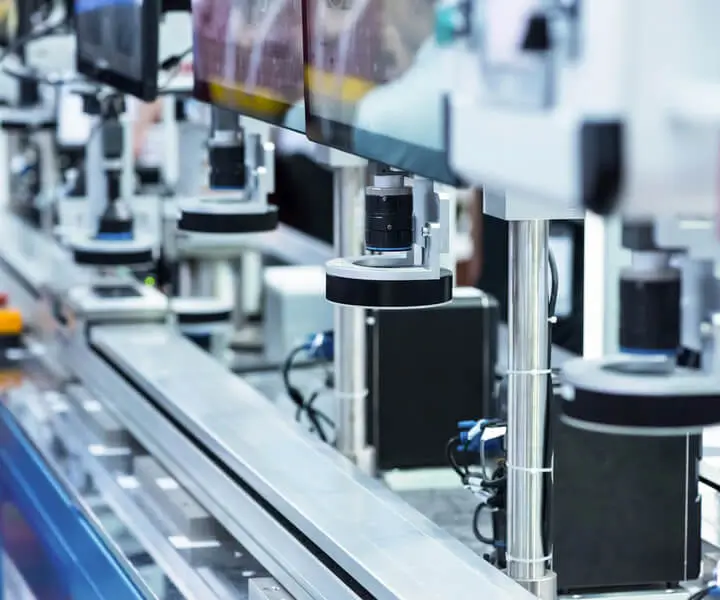part 1:
Imagine a world where machines move seamlessly, tasks are automated flawlessly, and your creative ideas take physical shape with minimal fuss. Central to this revolution in motion technology are servo motors—powerful, precise, and increasingly versatile. Among these, continuous rotation servo motors stand out as the unsung heroes, facilitating endless possibilities for hobbyists, engineers, and industry professionals alike.

What is a Continuous Rotation Servo Motor?
At its core, a servo motor is a compact device designed to provide precise position control within a limited range—typically from 0° to 180°. Think of it as a highly accurate wrist, turning to specific angles based on signals received. However, traditional servos are limited in their movement—they aren’t built to spin endlessly.
Enter the continuous rotation servo. These specialized servos are modified or engineered to rotate 360 degrees and beyond, functioning more like a small electric wheel than a traditional servo arm. They maintain the ability to receive commands but are optimized for spinning continuously in either direction, making them ideal for driving wheels, conveyor belts, or any application requiring sustained motion.
How Do They Work?
Unlike standard servos, which interpret position signals and lock into specific angles, continuous rotation servos interpret the input signals as speed and direction commands. When you send a pulse width modulation (PWM) signal, the servo interprets it as:
A command to spin forward at a certain speed A command to spin backward Or to stop (if the signal is centered)
The internal control circuitry adjusts the motor’s speed and direction accordingly, enabling smooth, controlled continuous motion.
One key component is the feedback mechanism—the potentiometer, which in standard servos, helps maintain precise positioning. In continuous rotation models, this feedback is often bypassed or disabled, allowing the motor to spin freely in response to control signals. This fundamental difference shifts the role of the servo from a positional device to a motor driver facilitating ongoing motion.
The Appeal of Continuous Rotation Servos
What makes these servos so attractive? Several factors come into play:
Ease of Use: They combine simple programming with reliable mechanical performance. This reduces the complexity of designing moving parts, especially for beginners. Integration with Existing Systems: Many hobbyists and engineers find it easier to repurpose standard hobby servos by modifying them, or directly purchasing continuous rotation variants. Compact and Lightweight: These motors pack a punch in a small form factor, making them perfect for tight spaces and portable designs. Cost-Effective: Compared to dedicated DC motors with encoders and controllers, continuous rotation servos are usually more affordable, especially for prototyping and small-scale automation.
Applications Across Industries and Hobbyist Projects
The versatility of continuous rotation servos shines through their many applications:
Robotics: Many robot bases use continuous rotation servos as the main drive units, enabling smooth navigation and agility. Drones and RC Vehicles: The ability to control speed precisely makes them suitable for small-scale remote-controlled cars, boats, and even drones. Conveyor and Sorting Systems: Automating material handling becomes straightforward when you mount these servos to belt systems or sorting mechanisms. Art Installations and Interactive Exhibits: Creative projects leverage their quiet operation and reliable control to create kinetic sculptures and interactive displays. DIY and Education: They are accessible entry points for students and hobbyists entering the world of robotics, with plenty of tutorials and community support to get started.
Choosing the Right Continuous Rotation Servo
When selecting a servo, consider these factors:
Voltage Compatibility: Ensure the servo’s voltage range matches your power supply to prevent damage. Torque and Speed: Calculate the needed torque for your load and desired speed to choose an appropriate model. Size and Form Factor: Pick a servo that fits within your project’s spatial constraints. Control Interface: Confirm that your microcontroller or control system supports PWM signals, the standard communication method for hobby servos.
Modifying Standard Servos for Continuous Rotation
Sometimes, hobbyists prefer to convert standard servos into continuous rotation units rather than purchasing specialized models. This involves:
Disabling or removing the feedback potentiometer, allowing free rotation. Re-aligning the internal control circuitry. Adjusting the gear train to optimize for continuous rotation.
While this DIY approach is cost-effective, be aware that it may reduce positional accuracy and longevity, especially if not done precisely.
The Power of Combining Servos in Complex Systems
One of the exciting frontiers in robotics is integrating multiple continuous rotation servos to create more complex, articulated systems. For example, in robotic arms or multi-wheeled robots, synchronized servo control enables sophisticated movements and behaviors. Advanced users often combine servos with sensors and microcontrollers like Arduino, Raspberry Pi, or ESP32 to develop intelligent, responsive machines.
That covers the foundational understanding, working principles, and broad applications of continuous rotation servos. The next part will delve deeper into technical specifics, innovative uses, cutting-edge advancements, and practical tips for optimizing performance—all to inspire your next project or to deepen your appreciation for this fascinating technology.
If you'd like, I can proceed with Part 2 to elaborate further.
Kpower has delivered professional drive system solutions to over 500 enterprise clients globally with products covering various fields such as Smart Home Systems, Automatic Electronics, Robotics, Precision Agriculture, Drones, and Industrial Automation.




































